"Bond Style" Tiling Patterns
It is no secret that people love subway tile. It seems to be what everyone wants on their kitchen walls. Ceramic tile is also a popular choice when it comes to choosing a flooring material. But what patterns can be used when laying these kinds of tiles? That is an important question. Because knowing the answer to that question opens up a world of possibilities. In this article we are going to consider some bond style tiling patterns. As we do, we will briefly discuss some specifics about each one. We will also give a little bit of information on how to create each pattern.
Stack Bond (A.K.A. Grid, Straight Set)
We will start our list of bond style tiling patterns with perhaps the simplest of them all. This pattern can be achieved using a rectangled tile or a square one. It is extremely easy to layout. All it takes to create the stack bond tiling pattern is placing each tile next to the previous one as you move across the space you are tiling. When a new row is started, its tiles are lined up exactly even with the row below it. This results in a "stack" of tiles or a "grid" look. The image below shows what a stack bond tiling pattern looks like when completed.
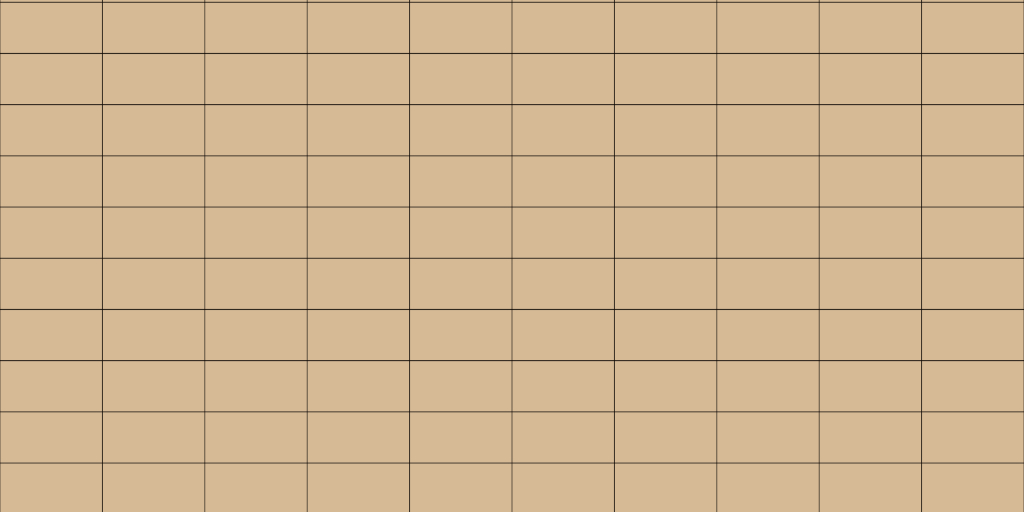
Running Bond (Also Called Offset)
The next bond style pattern we will mention is the running bond pattern. This pattern is created by simply offsetting tiles by half their width. In other words, when you start the second row of tiles instead of placing the first tile in the second row with its edge even with the tile below it, you place the left edge of the tile so that it is in the center of the tile below it. Then on the third row, you place the edge so that it is aligned with the edge in the first row. As you complete the each row of tiles, you alternate. Because these rows alternate back and forth, this pattern is also called the half running bond pattern. It is also known as an offset tiling pattern as well. The image below shows what the running bond looks like in its completed state.
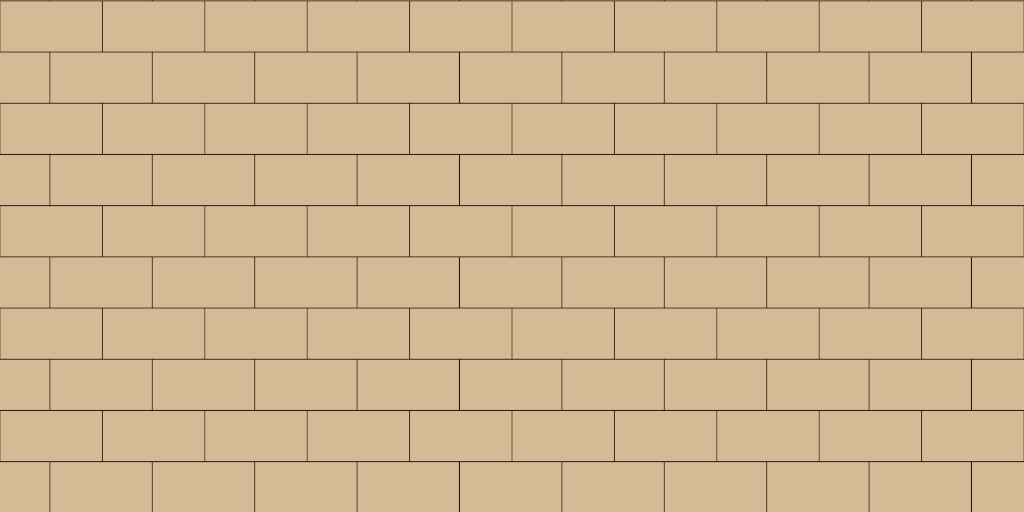
Third Running Bond (Also Called 1/3 Offset)
This pattern is created exactly the same way as the previous one we mentioned except that instead of offsetting the rows by half the width of the tile, the offset is a third of the tile's width. So, if you are using 3" x 6" subway tiles, you would start the second row 2" from the edge of the tile below it. Then the third row would be 2" from the edge of the first tile in the second row (and 4" from the left edge of the first tile in the first row). The fourth row then winds up being a repeat of the first row. Thus, every third row repeats the cycle.
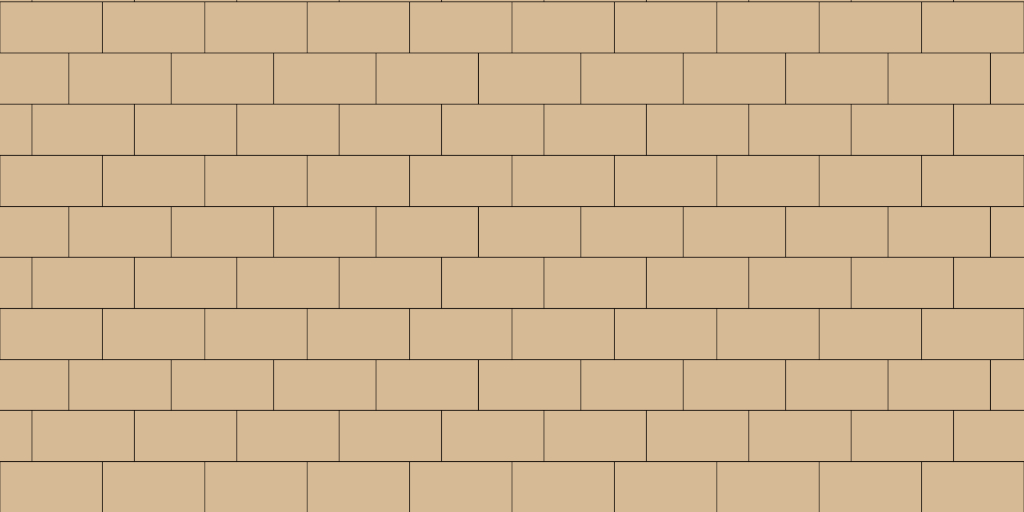
Fourth Running Bond (Also Called 1/4 Offset)
By now, you are probably able to infer what the fourth running bond pattern looks like and how to create it. It is constructed just like the half and third running bond patterns only the offset used is one that is ¼ the width of the tile being used. Therefore, if you are using a 4" x 8" subway tile, you would use an offset of 2" (8"/4" = 2") and every fourth row would repeat the process. Here is an image showing what the completed pattern would look like.
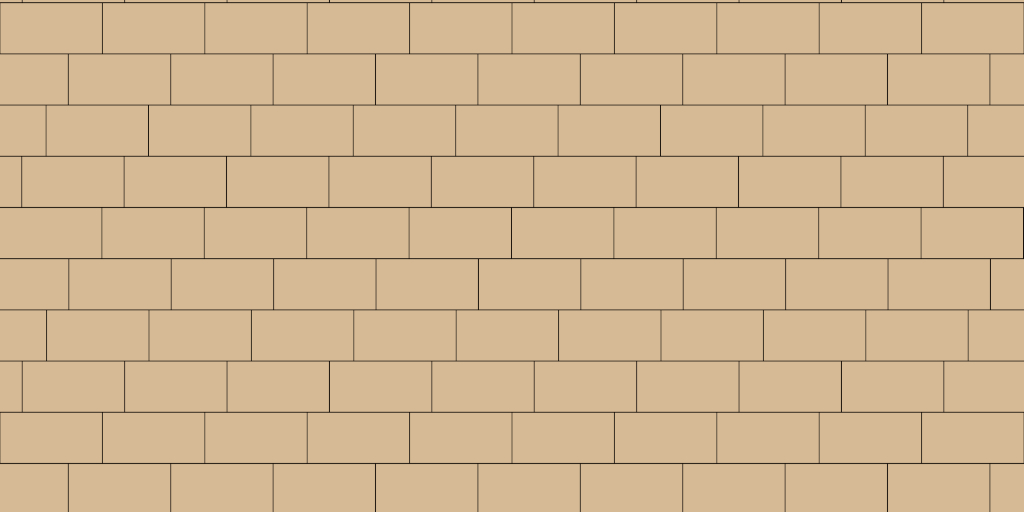
Vertical Variations
There are also vertical variations of each of the patterns that we have considerd up to this point. When this is done, it gives the appearance of greater height. Let's briefly look at examples of these now.
Vertical Stack Bond
Turning each tile in the stack bond 90° will result in a pattern that looks like the one represented in the image below.
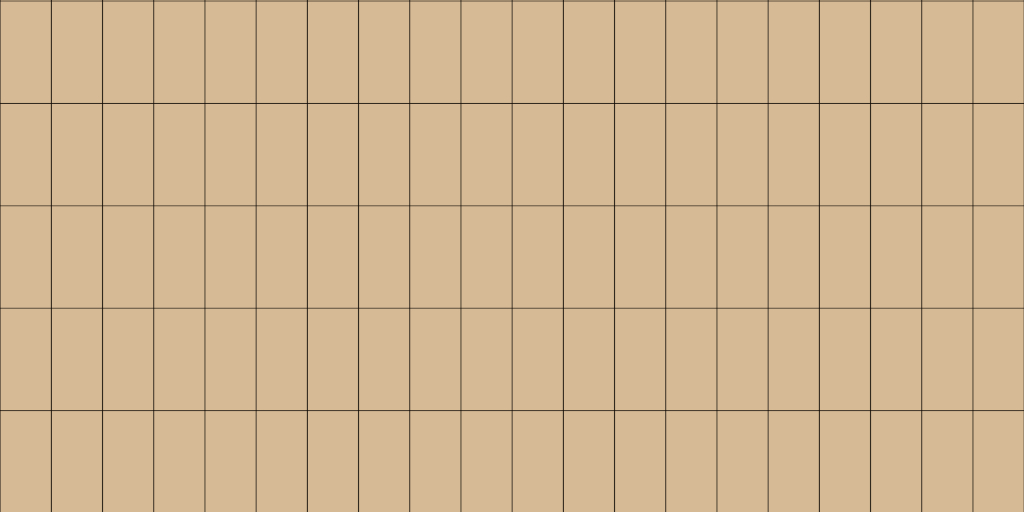
Vertical Running Bond
Just like its horizontal counterpart, the ½ running bond uses an offset equaling half of the "running" side. However, the long side of the tile runs vertical instead of horizontal. Thus, the completed pattern would look something like the representation in the following image.
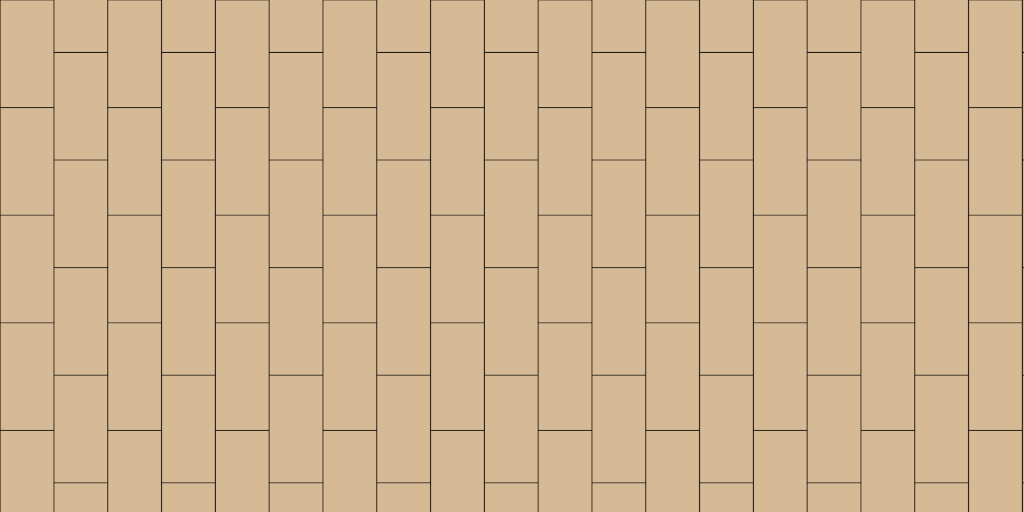
Vertical 1/3 Running Bond
Again, the vertical 1/3 running bond is constructed just like its horizontal countertpart except that the entire pattern is rotated 90°. This can be a bit tricky since two thirds of the tiles on the bottom row will need to be cut. One third of them will be full length (uncut), another third will be cut to 1/3 their length, and the last third will be cut to 2/3 of their length. Here is an image showing the way it looks.
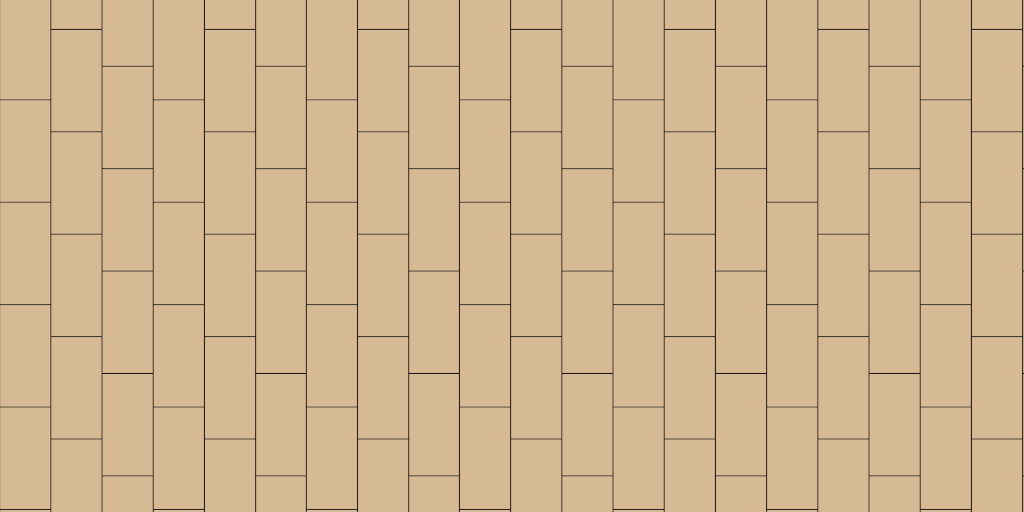
Vertical 1/4 Running Bond
Finally, the vertical 1/4 running bond is created using the same principles as the other vertical patterns. The difference is the offset is one fourth the length of the running side. And the first row will have one fourth of the tiles uncut, one fourth cut to 3/4 the length, another fourth cut to half length, and the last fourth of the tiles cut to 1/4 fourth their original length. The following image represents what the pattern would look like once completed.
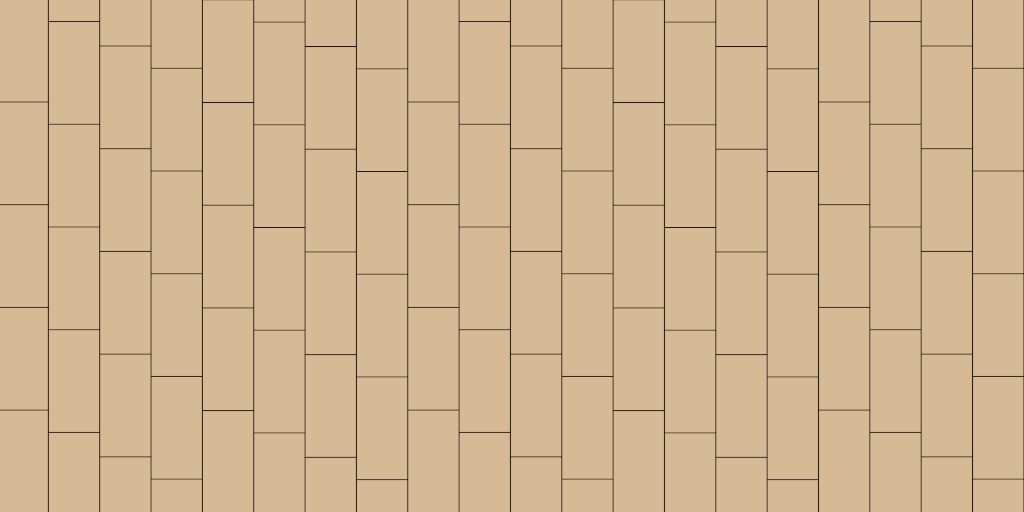
In this article we have looked at some of the bond style tiling patterns that can be used for working with subway tile. these patterns will work with other kinds of tile as well. For example, ceramic floor tiles can be used for these patterns when tiling floors. No matter what pattern you use, the key will be cutting and placing the tiles accurately. This will require patience, but will be worth it as you create a tiling pattern that is appealing and clean looking.
|